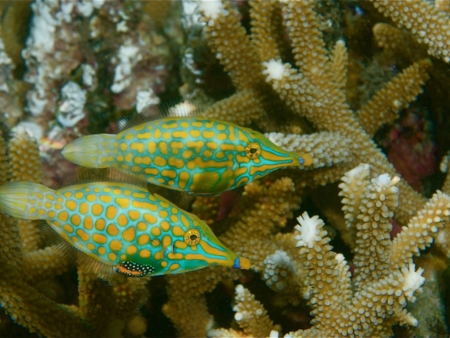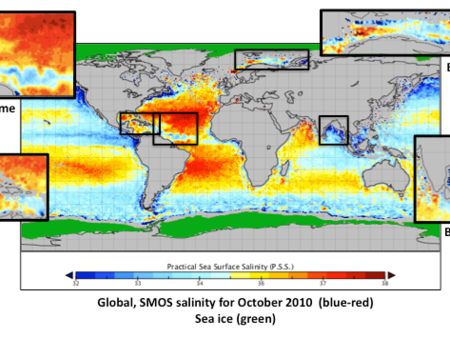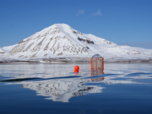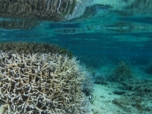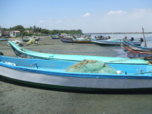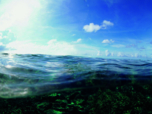Case studies
Four case studies will be investigated in this project :
- Barents seas (Arctic ocean)
- Bay of Bengal (Indian ocean)
- Greater Caribbean region and Amazon plume (Atlantic ocean)
- global ocean
All of these areas :
- are regions where international OA scientific effort is currently foccussed and where EO can provide a clear benefit to the international community
- will involve an external collaborator who is particularly interested in the case study region and is able to provide additional data that the project can exploit (either in situ or model data)
- will critically assess and exploit the algorithms and datasets developed
- will enable the project to deliver the final results in the form of a scientific publication



